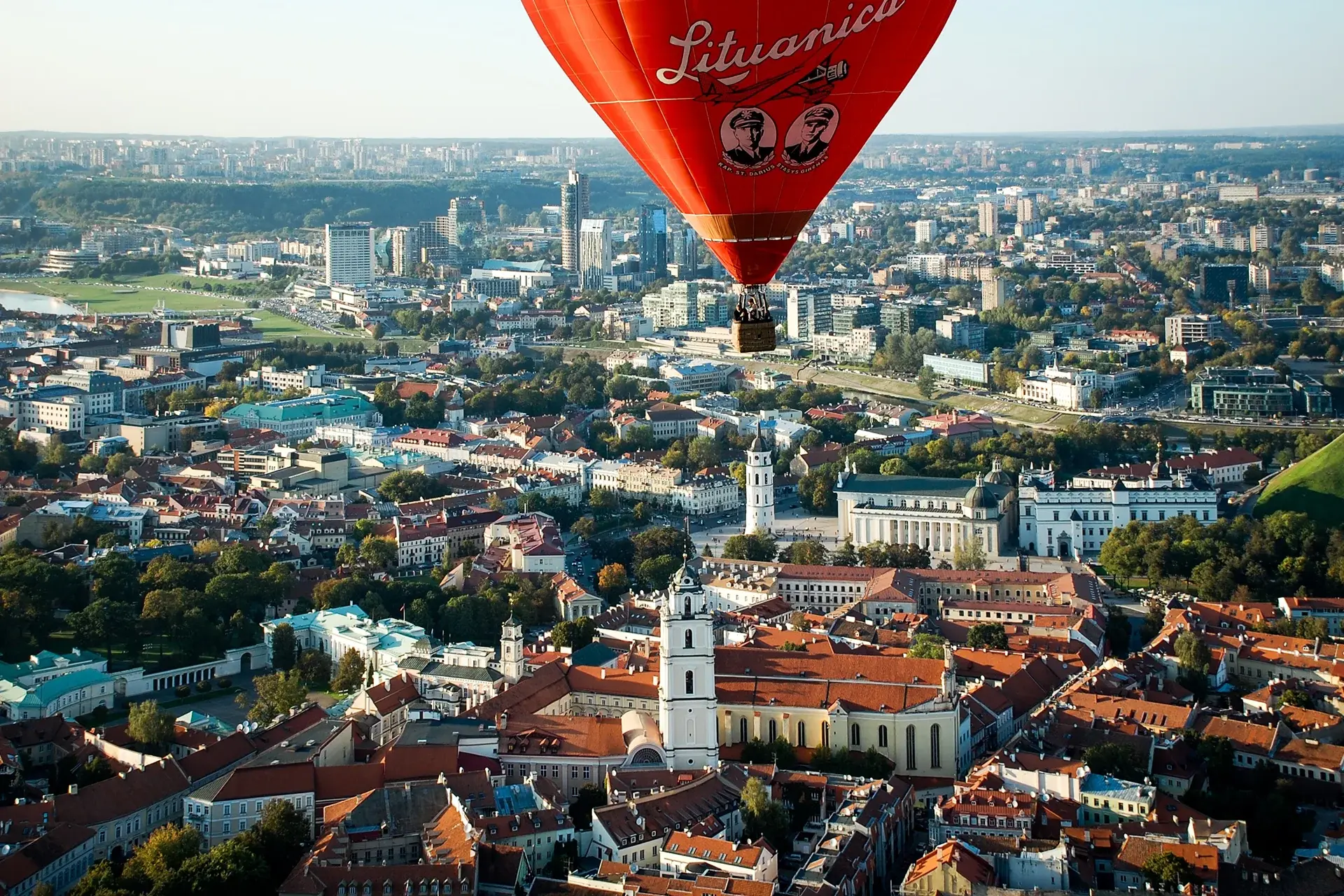
Easily manage employment in Lithuania
Make employment in Lithuania easy. Let us handle payroll, benefits, taxes, compliance, and even stock options for your team in Lithuania, all in one easy-to-use platform.
- Overview
Types of leave in Lithuania
Employees are entitled to at least 20 business days of paid annual leave (if working 5 days per week) or at least 24 business days (if working 6 days per week). If the number of working days per week is less or different, the employee must be granted leave of no less than 4 weeks. Leave is calculated in business days.
It is relatively common practice in Lithuania to provide more than the minimum number of leave for key employees. Additional PTO is commonly used as a supplemental benefit to motivate and retain top talent.
There are 11 public holidays annually and employees are entitled to end work an hour earlier on each working day before a public holiday.
Employers are required to pay employees full wages for the first two days of an illness. Starting on the third day, employees can draw sickness benefits equivalent to 62.06% of their normal wages from SODRA, the State Social Insurance Fund.Employees who’re taking time off work to nurse ailing relatives are entitled to sickness benefits equivalent to 65.94% of their normal wages.
Female employees in Lithuania are entitled to 70 calendar days of maternity leave before childbirth and 56 calendar days after childbirth (in case of a complicated birth or birth of two or more children this can be extended to 70 calendar days).If the employee does not take maternity leave, the employer must grant 14 days of leave immediately after giving birth. Employees appointed as guardians of newborns are granted a leave for the period from the date on which custody is established until the child reaches the age of 70 days.
Parents are entitled to 30 calendar days of uninterrupted parental leave granted after the birth of a child. This leave can be taken at any time from the birth of a child until the child reaches the age of one.
Within three months of the entry of the decision on adoption, employees are granted 30 calendar days of uninterrupted paternity leave. In the case of the adoption of two or more children, this leave is granted within six months from the date of entry of the decision. This leave shall not be granted if the child of the spouse has been adopted or if the adoptive parent has already been granted paternity leave.
Any relative who is raising a child (or a child’s official guardian) is granted child care leave until the child reaches the age of three. Leave can be taken all at once or in instalments. Employees entitled to this leave may take it alternately. When an employee intends to take child care leave or to return to work before the end of such leave, they must notify the employer in writing at least 14 calendar days in advance. A collective bargaining agreement may provide for a longer notice period in some cases.
Creative leave: Employees can request up to 12 months off for undergoing a creative endeavour, such as creating artwork, or undertaking a scientific project.
Education leave: Employees can request up to 30 calendar days at a single instance to attend to their academic pursuits. Educational leave exists for employees in formal or informal education; up to 5 working days per year for informal adult education (like language or computer courses), with possible partial pay.
Parental Leave for Educational Support: Parents of children under the age of 14 are entitled to a half-day off on the first day of the school year to accompany their child. However, there is no dedicated statutory leave specifically granted for parents to attend school meetings or support children during educational transitions.
Unpaid Leave for Family Events: Employees with caregiving responsibilities may request unpaid leave of up to 14 calendar days per year to care for a child under the age of 14. This leave can be used for important family-related events such as medical emergencies, relocations, or significant caregiving transitions.
Additional Leave for Disabled Employees: Employees who have a disability or who are caring for a person with a disability are entitled to up to 30 calendar days of unpaid leave per year. This leave can be used to manage personal health needs, attend specialised therapy sessions, or fulfil caregiving responsibilities.
%20Logos%20Library/(Approved)%20Trust%20symbols/lg-xs-g2-reviews-book-demo.webp?width=112&height=114&name=lg-xs-g2-reviews-book-demo.webp)
%20Logos%20Library/(Approved)%20Trust%20symbols/lg-xs-trustpilot-reviews-book-demo.webp?width=122&height=114&name=lg-xs-trustpilot-reviews-book-demo.webp)
%20Logos%20Library/(Approved)%20Trust%20symbols/lg-xs-capterra-reviews-book-demo.webp?width=118&height=114&name=lg-xs-capterra-reviews-book-demo.webp)
%20Illustration%20Library/051-check-star-stamp.webp?width=132&height=128&name=051-check-star-stamp.webp)